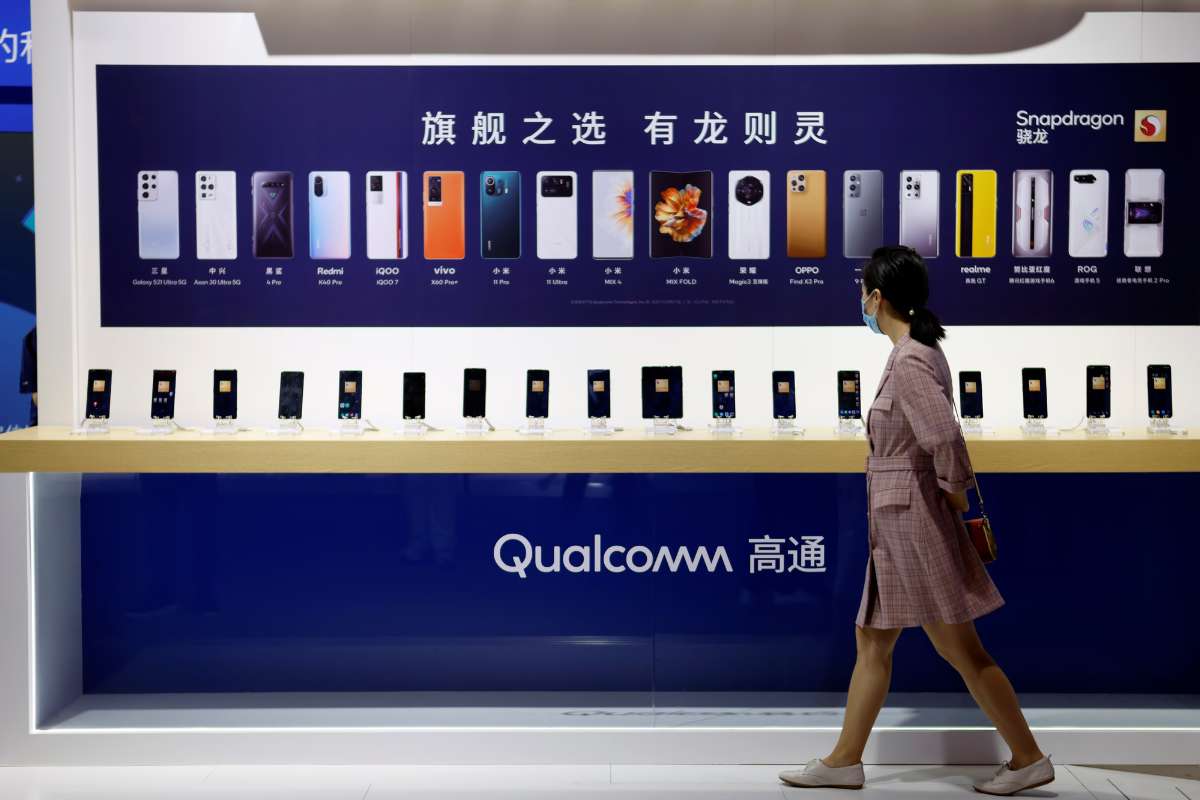Key points:
- Qualcomm sees smartphones as the anchor of digital life, even as AI expands across devices.
- The company outlined a six-pillar plan to drive AI integration directly on devices, emphasizing privacy, interoperability, and developer support.
- Devices will evolve into intelligent agents that proactively manage user needs across a connected ecosystem.
Qualcomm has reaffirmed that smartphones will remain the cornerstone of digital life, even as artificial intelligence becomes more integrated into everyday devices. Company leadership emphasised that while wearables, smart glasses, and other gadgets will expand in use, they will not replace the smartphone. Instead, these devices will work in tandem with phones, with artificial intelligence serving as the central driver of user experience.
Rather than being passive tools waiting for commands, future applications are expected to evolve into intelligent agents that anticipate user needs and respond proactively. This shift signals a redefinition of how people interact with their devices: the smartphone will act as the anchor, but AI will become the true hub of digital activity.
Qualcomm’s Six-Pillar Strategy for Edge AI
Looking ahead, Qualcomm Bets on AI is positioning itself not just as a chipmaker but as a leader in shaping the edge AI ecosystem. The company has outlined six strategic pillars to drive this transition.
- Expanding Beyond Mobile: Snapdragon platforms will be designed to support a broader range of edge devices, from wearables and IoT systems to extended reality platforms.
- Tighter Hardware-Software Integration: AI models will run directly on devices, reducing reliance on the cloud while improving efficiency and responsiveness.
- Cross-Device Ecosystem: Intelligence will be distributed across smartphones, glasses, earbuds, and other connected devices to ensure seamless interaction.
- Interoperability Standards: The company plans to promote frameworks that allow AI agents and devices from different manufacturers to work together.
- Developer Ecosystem Growth: Encouraging developers to build applications tailored to this new AI-first approach will remain a top priority.
- Data Privacy and Security at the Edge: Edge devices will be designed with built-in safeguards to protect user information while enabling continuous learning.
This roadmap underscores Qualcomm Bets on AI ambition to move beyond hardware supply into a central role in defining how next-generation AI-driven ecosystems function.
Industry Outlook and Challenges
The industry is witnessing a transformation where intelligence, rather than form factor, is becoming the differentiating feature of devices. In this vision, smartphones retain their role but evolve from being simple communication tools to intelligent hubs that coordinate a network of connected devices.
The potential benefits are significant: AI agents could seamlessly manage interactions across glasses, wearables, and home IoT systems while learning and adapting directly on the phone. However, this shift also comes with challenges. Privacy concerns, energy efficiency, and the need for developer adoption are critical hurdles. Furthermore, industry-wide cooperation will be essential to ensure interoperability and trust.
By doubling down on AI at the edge while maintaining the smartphone as the central device, Qualcomm Bets on AI is signalling a future where digital intelligence is personalised, proactive, and integrated into daily life. The coming years will determine whether this vision reshapes the global technology landscape or remains an ambitious blueprint.











